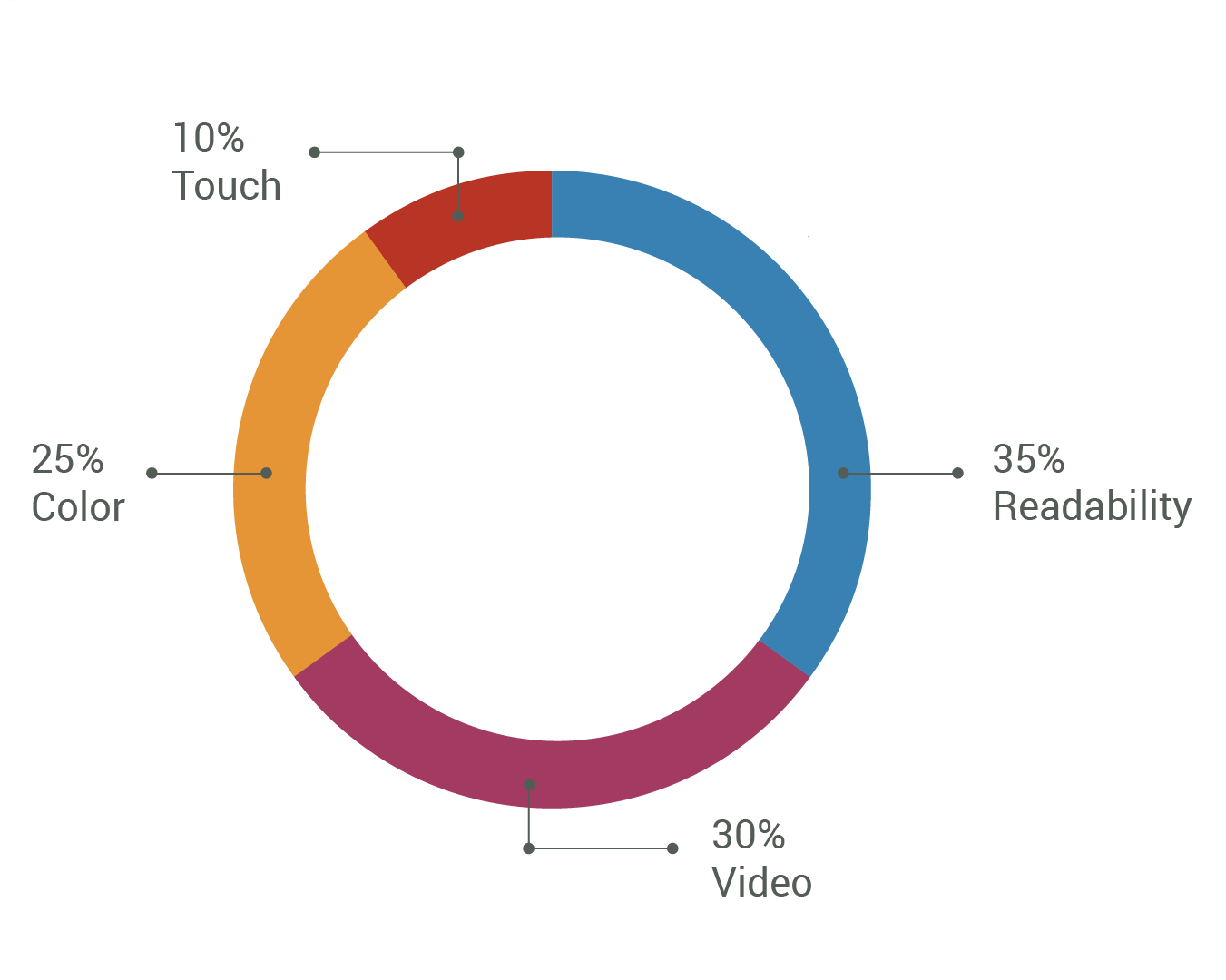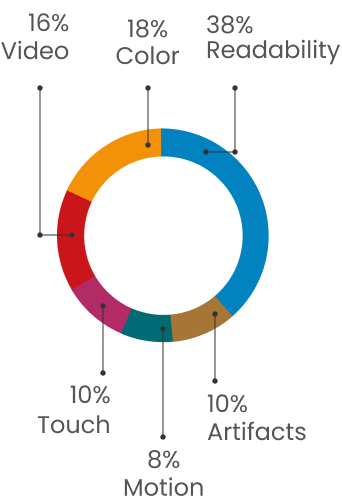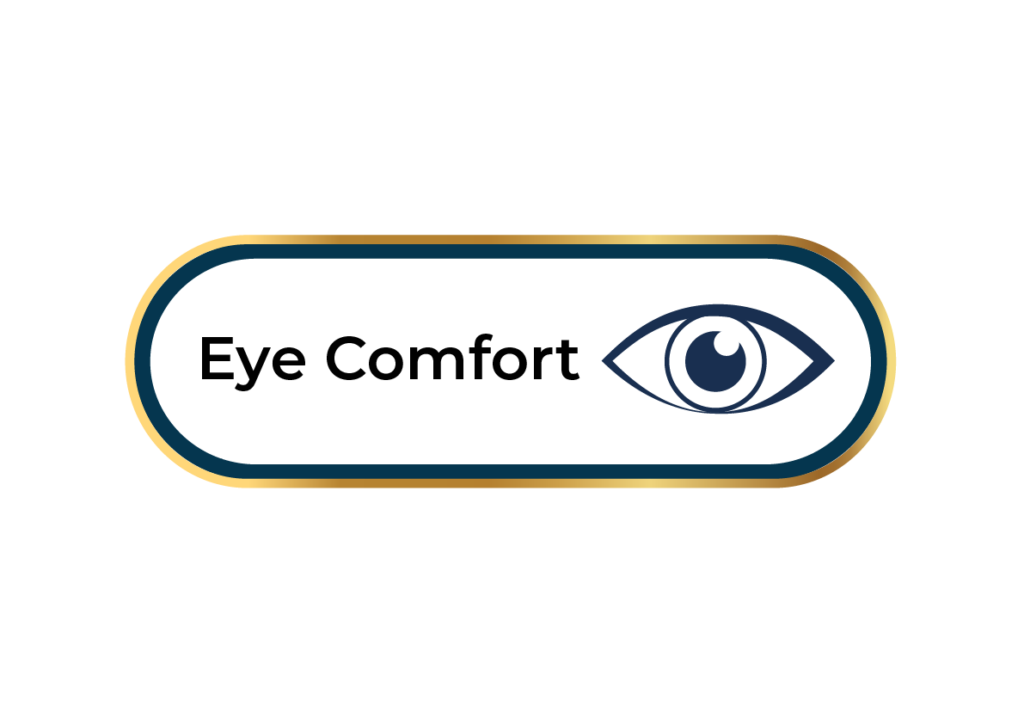Readability 35%
We evaluate how easily and comfortably users can read the display contents from a web page to the photo gallery (excluding videos) under different situations and lighting conditions (from total darkness to bright sunlight). All measurements are done in the phone’s default mode.
In readability, DXOMARK particularly tests:
-
- Readability vs. ambient lighting: brightness and contrast are measured to verify that the device can be easily read in different lighting environments, from very dark to super bright light conditions (up to 50,000 lux)
- Readability vs viewing angle: the behavior of the display when the device is viewed off-axis
- Artifacts that affect readability such as flicker (the frequency of the quick oscillation of light that can induce discomfort in some users) and reflectance (how much of the surrounding light is reflected by the device, therefore impacting the viewing experience)
- Readability vs. light transitions: the display’s behavior under changing light conditions (e.g. leaving the cinema to exit onto a very sunny street, or exiting a metro station onto a very sunny street)




